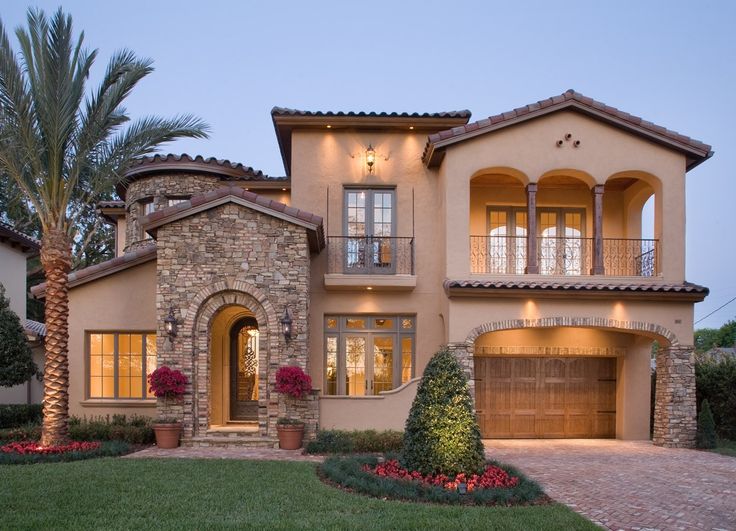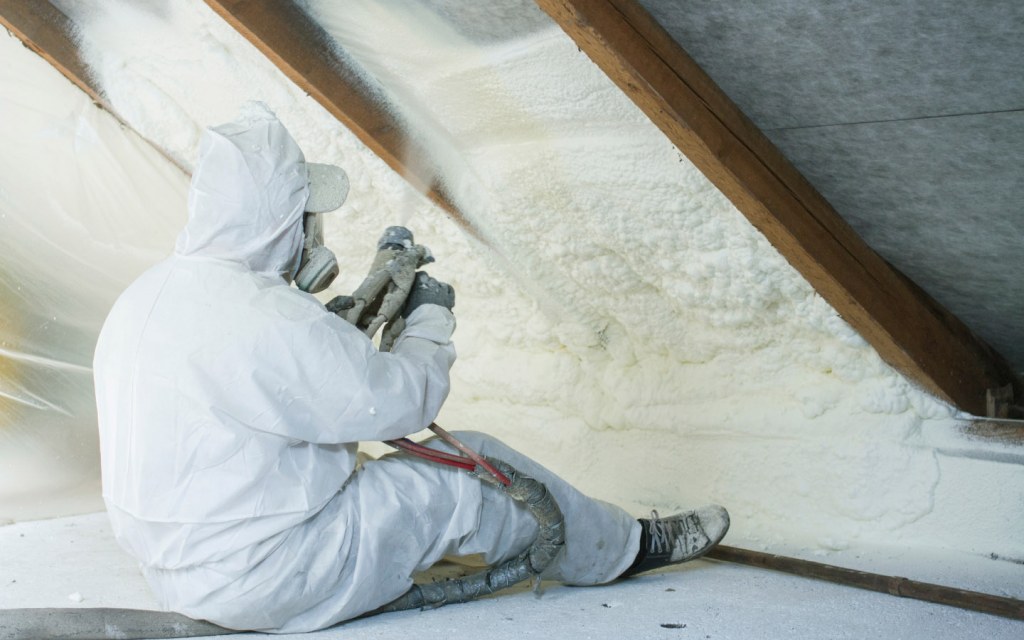Contents
The Kings of Flat Tops: Unveiling the Most Common Materials in Commercial Roofing
Commercial buildings demand robust and reliable roofs capable of withstanding harsh weather conditions, heavy loads, and ensuring the protection of valuable assets within. While a variety of roofing materials exist, some reign supreme in the commercial realm. This comprehensive guide explores the most common commercial roofing materials, delving into their advantages, considerations, and why they’ve become the go-to choices for countless commercial properties.
Dominating the Landscape: The Big Three in Commercial Roofing
Three roofing materials consistently top the charts in commercial applications:
- Single-Ply Membranes: Lightweight, versatile, and energy-efficient, single-ply membranes have become a dominant force in modern commercial roofing. These membranes come in various materials, each offering unique benefits:
- Thermoplastic Polyolefin (TPO): This white or light-colored membrane boasts excellent heat resistance and superior weldability, making it a popular choice for hot climates.
- Polyvinyl Chloride (PVC): Offering superior chemical resistance and high strength, PVC membranes are well-suited for industrial applications or areas with potential exposure to harsh chemicals. However, their dark color can absorb more heat.
- Ethylene Propylene Diene Monomer (EPDM): Known for its affordability, flexibility, and ease of installation, EPDM membranes are a popular option for flat roofs. However, they may require a cover sheet for UV protection.
Pros:
- Lightweight: Single-ply membranes are significantly lighter than traditional options like built-up roofing (BUR), reducing stress on the building structure. This is particularly advantageous for retrofit projects.
- Easy Installation: These membranes can be installed quickly and efficiently, minimizing downtime for your business operations.
- Energy Efficiency: The light-colored variants, like TPO, reflect sunlight and heat, reducing energy consumption for cooling during hot weather.
- Durability: Single-ply membranes offer excellent resistance to water, wind, and punctures, ensuring long-lasting performance.
- Low Maintenance: These membranes require minimal maintenance compared to other options. Regular inspections are still recommended, but repairs are typically less frequent.
Cons:
- Susceptible to Damage: Single-ply membranes can be punctured or torn if not properly installed or protected from sharp objects. Regular inspections are crucial to identify and address any potential damage promptly.
- Limited Aesthetics: These membranes generally offer a utilitarian appearance and may not be suitable for buildings where aesthetics are a high priority.
- Modified Bitumen Roofing: An evolution of the traditional BUR system, modified bitumen membranes offer improved flexibility and weather resistance. These membranes consist of asphalt bitumen blended with polymers, resulting in a more durable and easier-to-maintain option compared to BUR.
Pros:
- Durable and Reliable: Modified bitumen offers excellent waterproofing and weather resistance, making it a dependable choice for commercial applications.
- Relatively Affordable: Compared to some other commercial roofing options, modified bitumen offers a good balance between performance and cost-effectiveness.
- Ease of Installation: Installation of modified bitumen membranes is a familiar process for many roofers, potentially reducing labor costs.
- Heat Resistance: Modified bitumen offers good heat resistance, making it suitable for various climates.
Cons:
- Susceptible to Puncture: Like single-ply membranes, modified bitumen can be punctured if not carefully protected during installation or roof maintenance activities.
- Seaming Requirements: Proper seaming of the membranes is crucial to ensure watertightness. Skilled roofers are essential for achieving a reliable and long-lasting installation.
- Off-Gassing Concerns: During installation and in hot weather, modified bitumen can release some fumes. Proper ventilation is essential to mitigate these concerns.
- Metal Roofing: Offering a combination of durability, aesthetics, and longevity, metal roofing has become a popular choice for many commercial buildings. These roofs come in various styles and materials, including:
- Standing Seam Metal Panels: These interlocking panels create a clean, modern aesthetic and offer superior wind resistance.
- Metal Shingles: Available in various profiles and finishes, metal shingles provide a more traditional look with the exceptional durability of metal.
- Corrugated Steel: A cost-effective option, corrugated steel offers good strength and weather resistance, but may have a more industrial appearance.
Pros:
- Exceptional Durability: Metal roofs can last for decades with minimal maintenance, making them a cost-effective choice in the long run.
- Fire Resistance: Metal roofs are non-combustible, offering a significant fire safety advantage compared to other roofing materials.
- Low Maintenance: Metal roofs require minimal maintenance beyond periodic cleaning and inspections. They are also resistant to rot and insect infestation.
- Energy Efficiency: Metal roofs, particularly those with reflective coatings, can help reduce cooling costs by reflecting sunlight and heat.
- Aesthetics: Metal roofing offers a variety of styles and finishes, allowing for a sleek, modern look or a more traditional aesthetic depending on the chosen profile and material.
- Higher Initial Cost: Metal roofs typically have a higher upfront cost compared to some other commercial roofing options.
- Noise Concerns: Metal roofs can be noisy during heavy rain or hail. Proper insulation and underlayment can help mitigate this issue.
- Susceptibility to Dents: Metal roofs can be dented if struck by hail or heavy objects. However, modern metal roofing materials are quite resilient.
Beyond the Big Three: Additional Options for Commercial Roofs
While single-ply membranes, modified bitumen, and metal roofing dominate the commercial landscape, other options cater to specific needs or preferences:
- Built-Up Roofing (BUR): A time-tested option consisting of alternating layers of asphalt and felt, BUR offers excellent durability and fire resistance. However, it’s a heavier material and requires more maintenance compared to modern options.
- Green Roofs: Eco-friendly and aesthetically pleasing, green roofs feature a layer of vegetation on top of a waterproof membrane. These roofs offer excellent insulation properties and contribute to stormwater management, but require a structurally sound roof deck and ongoing maintenance.
Choosing the Right King for Your Castle: Considerations for Selecting a Commercial Roof
The best roofing material for your commercial property depends on several factors:
- Building Structure and Slope: The weight capacity and slope of your roof will influence the suitability of certain materials. For example, metal roofs might not be suitable for very low-slope roofs due to drainage concerns.
- Budget: Commercial roofing projects can be significant investments. Consider your budget and the long-term lifecycle costs of each material, including maintenance requirements.
- Location and Climate: Weather conditions in your area play a crucial role. Consider factors like wind resistance, snow load capacity, and UV resistance when selecting a roofing material.
- Energy Efficiency: Certain roofing materials, like metal with reflective coatings or single-ply membranes, can contribute to lower energy bills.
- Aesthetics and Compatibility: Consider the desired visual appeal of your building and ensure the chosen roofing material complements the overall architectural style.
- Maintenance Requirements: The ease and frequency of maintenance required for each material should be factored into your decision.
Pro Tip: Consulting with a qualified commercial roofing contractor is essential. They can assess your specific needs, conduct a roof inspection, and recommend the most suitable roofing material based on your building, budget, and local conditions.
FAQ: Frequently Asked Questions on Commercial Roofing Materials
Q: Which commercial roofing material is the most affordable?
A: Modified bitumen and single-ply membranes (depending on the specific material) are generally considered more affordable options compared to metal roofing or built-up roofing. However, remember that the initial cost is just one factor to consider. The long-term durability, maintenance requirements, and energy efficiency of each material can influence the overall cost-effectiveness over the lifespan of the roof.
Q: What is the lifespan of a commercial roof?
A: The lifespan of a commercial roof varies depending on the material used, installation quality, and maintenance practices. Here’s a general range:
- Built-up Roof (BUR): 15-30 years
- Modified Bitumen: 20-30 years
- Single-Ply Membranes: 30-40 years (depending on material)
- Metal Roofing: 40-70 years
- Green Roofs: 20-50 years (depending on the type of vegetation and maintenance)
Q: How much does a commercial roof cost?
A: Commercial roof costs can vary significantly depending on the size and complexity of your roof, chosen material, labor costs in your area, and any specific requirements like additional insulation or specialty features. Here’s a ballpark range per square foot:
- Built-up Roof (BUR): $3-$6
- Modified Bitumen: $4-$8
- Single-Ply Membranes: $5-$10
- Metal Roofing: $8-$15 (depending on metal type and gauge)
- Green Roofs: $15-$30 (including the cost of vegetation and growing medium)




